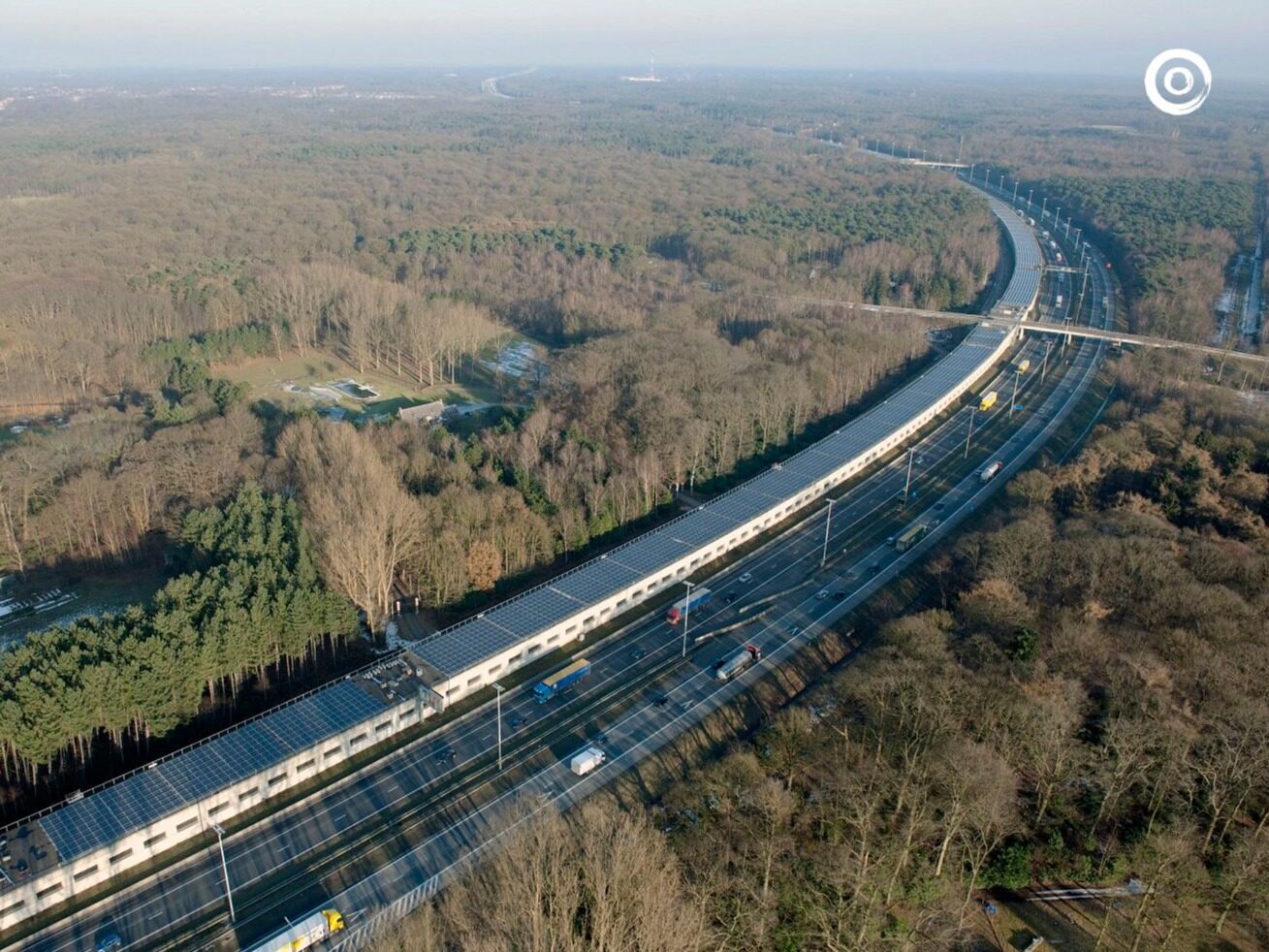- The cumulative installed capacity of renewable energy power generation facilities in India to date is 159.81GW
- India's electricity demand is expected to be estimated at 272GW in FY 2026-27 and 363GW in FY 2031-32

According to the draft national power plan released by the Central Electricity Authority of India recently, India needs to increase its renewable energy generation capacity by 224.9GW by 2032 to meet the country's peak power demand and energy demand for the 2031-2032 fiscal year. Stakeholders must submit comments and suggestions on this draft by December 5, 2022.
installed capacity
In order to meet India's peak power demand and energy demand in the 2026-2027 fiscal year, the installed capacity of various energy facilities will be 228.54GW from 2022 to 2027, including 40.63GW of traditional energy and 187.9GW of renewable energy. The renewable energy includes large-scale hydropower (10.95GW), photovoltaic power (132.08GW)), wind power (40.5GW), biomass (2.31GW) and pumped storage projects (2.7GW). This forecast does not include 5.85GW of imported hydro.
The draft states that the cumulative installed renewable energy capacity in India is expected to reach 344.51GW by 2026-2027 and 569.42GW by 2031-2032.
power generation
Based on the forecast of renewable power generation from 2026 to 2027 and taking into account the increase in installed renewable energy capacity of 224.9GW between 2027 and 2032, India's power generation from various renewable energy sources is estimated to be 667.2 GW by fiscal 2026-2027 BU, 1144.4BU in fiscal years 2031-2032. Renewable energy generation will account for around 35.6% of India's total electricity generation by fiscal 2026-27, and 45.09% by fiscal 2031-32.
installed capacity of energy storage system
According to the power generation planning research of the Central Electricity Authority of India, by the fiscal year 2026-2027, the installed capacity of the pumped storage project built in India will reach 6.81GW, and the energy storage capacity will reach 46.65GWh, in order to meet the energy storage demand of the power grid. The total installed capacity of energy storage systems installed in India is expected to increase to 70.38GW by fiscal year 2031-2032, with a total energy storage capacity of 392.78GWh.

As of March 2022, India has a total of eight pumped-storage projects in operation with a total installed capacity of 4.74GW. The Central Electricity Authority of India has identified a potential of 96.52GW of installed capacity to install pumped storage projects in different parts of the country. Due to its topographical advantages, western India has the highest potential to install pumped storage projects at 37.84GW.
The Central Electricity Authority of India pointed out in the draft national power plan that lithium-ion battery energy storage systems are currently the mainstream energy storage technology. The price of lithium-ion batteries has fallen sharply since their inception due to technological innovation and increased manufacturing capabilities. The cost of battery energy storage systems will drop.

Hydrogen can provide additional utility-scale energy storage options and provide a unique opportunity to integrate the transportation and power sectors. Although hydrogen is currently a high-cost energy storage option, it has some advantages over other competing technologies due to its high density of stored energy and potential for co-firing with natural gas in gas turbines.
required funds
To meet the target of installing 40.63 GW of conventional energy and 187.9 GW of renewable power generation, India's total capital needs for the period 2022-2027 are estimated at $179.45 billion. Between 2027 and 2032, $215.19 billion will be needed to achieve the goal of adding 18.13 GW of conventional energy and 224.9 GW of renewable energy, as well as 51.5 GW/257.5 GWh of battery storage systems. Keywords: engineering news, overseas news
According to the load generation balance report issued by India's Central Electricity Authority, India may have a power surplus of 2.9% in the 2022-23 fiscal year and a peak power surplus of 3.4%. On April 26, 2022, India’s peak power demand reached an all-time high of 201.066GW, surpassing the peak power demand of 200.539GW reached on July 7, 2021.Editor/XingWentao
Comment
 Praise
Praise
 Collect
Collect
 Comment
Comment
 Search
Search














Write something~